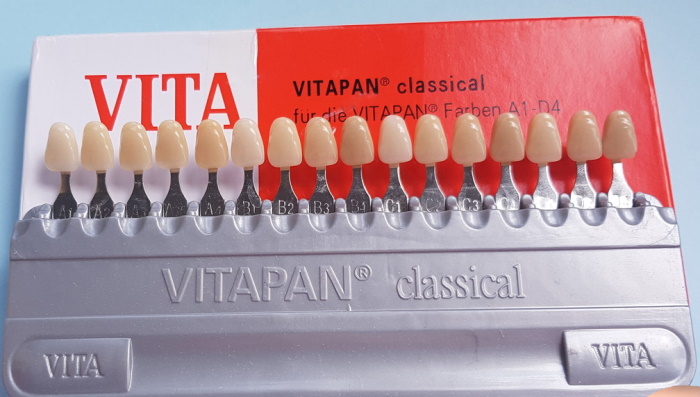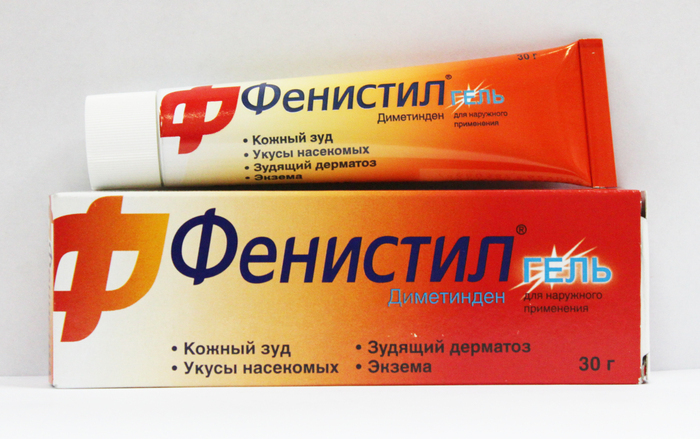Content
- Description of the disease
- Causes
- Types and stages
- Diagnostics
- Treatment methods
- Lifestyle recommendations
- Prognosis, possible complications
- Video about the causes of twitching fingers
The finger on the right hand often twitches in patients of different ages. Most often, this symptom affects the thumb, but it can spread to the entire hand, which aggravates the condition, is accompanied by others disorders of the peripheral nervous system. Depending on the cause of the disorder, the presence of other abnormalities in the patient, the specialist selects the appropriate treatment after a diagnostic examination.
Description of the disease
Experts call involuntary muscle twitching a nervous tic. A symptom is a pathological condition characterized by involuntary and abrupt muscle contractions anywhere in the body. They can be repeated often or occur at long intervals, depending on the organism of a particular patient.
The mechanism of the development of pathology is based on a neurological disorder, in which there is a violation of the process of transmission of a nerve impulse to tissues. As a result, twitching occurs when the signal from the patient's brain to contract muscle fibers is not received.
The condition can proceed in different forms, does not always affect only the muscles of the hands, and often provokes complications. Often, the violation acts as a symptom of a developing neurological disease, which is considered reason for passing a diagnostic examination and identifying the cause of the deviation, the degree of its neglect.
Causes
The thumb on the right hand twitches as a result of various predisposing factors.
Experts pay attention to the variety of reasons that can provoke a pathological condition:
- Constant nervous tension or frequent stressful situations. Often, the professional activities of patients, as well as family problems, lead to neurological disorders, which manifest themselves in the form of involuntary muscle twitching.
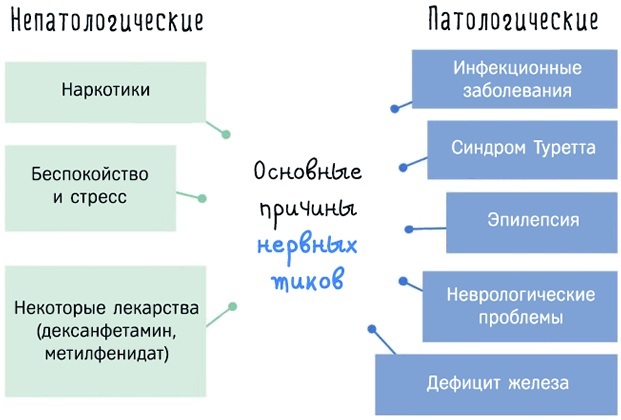
- Cerebral circulation disorders. Usually, after suffering such a disease, patients have impaired coordination of movements, and there is also a lack of mobility in some muscle groups. But sometimes patients note twitching after undergoing rehabilitation. Such atypical complications may indicate the involvement of motor centers in the pathological process.
- Genetic disorders in which tic affects not only the muscle fibers of the limbs, but also the vocal cords, facial muscles.
- Nervous disorder against the background of fear, prolonged emotional stress, and other factors. This reason is typical for children of preschool and early school age.
- Poisoning of the body with components that affect the activity of certain centers of the brain.
- Diagnosis of osteochondrosis at different stages. Often, a lesion of the spinal column provokes disturbances from the peripheral nervous system.
Experts draw the attention of patients to the fact that active, emotionally unstable and quick-tempered people are more susceptible to the development of pathology. If the patient is fussy, hasty and suspicious, the risk of developing a nervous disorder in the form of a tic is significantly increased. There are also predisposing factors that can provoke a deviation. These include bad habits, sleep disorders, mental illness in a chronic form.
Types and stages
The thumb twitches not only against the background of deviations from the peripheral nervous system. A disorder that manifests itself in the right hand can proceed in several stages. There is no officially approved classification of pathology, but doctors conditionally distinguish several varieties.
| Kind of violation | Peculiarities |
| Primary | The primary type of disorder is usually genetic. That is, there are no provoking factors that lead to disorders in the brain. The first signs of a disorder appear before the age of 5-7 years. Especially often manifestations occur when the child's environment changes, for example, when entering a preschool institution. At the initial stages, the symptomatology manifests itself in a mild form, disappears after the normalization of the psychoemotional state. In most cases, concomitant manifestations are absent, the general condition of the patient is not disturbed, complications do not develop at the initial stages. |
| Secondary | The secondary type of disorder is more common in adult patients and children who have not previously suffered from such disorders, but symptoms appear in adolescence. The deviation develops against the background of neurological disorders and some external factors. Symptoms can appear in an acute form, but sometimes twitching is observed from time to time, systemic disorders are absent, as well as complications. |
| Permanent | The permanent type of disorder is considered the most severe, since the symptoms are constantly present, which significantly worsens the patient's quality of life. Against the background of the violation, systemic manifestations appear. They differ in each patient, since they depend on the root cause of the disease. |
| Passing | One of the mildest forms of the disorder, which is accompanied by periodic muscle twitching against the background of emotional stress, exacerbation of a mental disorder. After the normalization of the state of the nervous system, the manifestations disappear, as do the accompanying symptoms. |
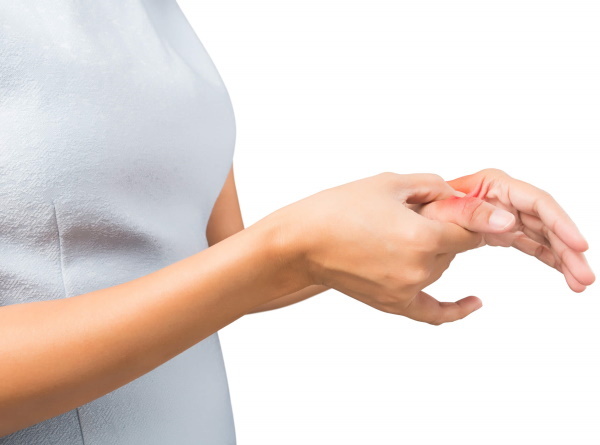 Doctors also distinguish acute and chronic types of the disorder. In the first case, the symptomatology arises after some kind of emotional outburst and is accompanied by other manifestations. Chronic nervous tics are mild, but exacerbations are observed at regular intervals.
Doctors also distinguish acute and chronic types of the disorder. In the first case, the symptomatology arises after some kind of emotional outburst and is accompanied by other manifestations. Chronic nervous tics are mild, but exacerbations are observed at regular intervals.
Depending on the type of violation, experts pay attention to the possibility of its proceeding in several stages, each of which is accompanied by certain manifestations:
- The initial stage is accompanied by slight twitching of the finger, there are no accompanying symptoms. The patient's usual life is not disturbed, the symptom may disappear on its own after a while, after which it reappears. The absence of complications at this stage leads to the fact that the patient does not go to the doctor, ignoring the manifestation.
- The progressive stage is accompanied by frequent twitching, which does not depend on the patient's emotional state. Additionally, patients may notice muscle pain, weakness, and impaired coordination of movements. Rapid fatigue, headache and decreased performance are often noted. In some cases, the body temperature rises.
- At an advanced stage, all manifestations are aggravated, twitching extends not only to the muscle fibers of the limbs, but also to the vocal cords and other organs. As a result, the general condition worsens, the patient's appetite disappears, and a strong thirst is observed. Impaired coordination of movements can provoke injury when performing simple household manipulations. Usually, at an advanced stage, twitching bothers the patient constantly, even at night.
The lack of a normal night's sleep, as well as a decrease in the amount of food consumed, leads to a weakening of the immune system. If the tic spreads to other muscle groups, pain in the limbs as well as the entire body may occur. With prolonged persistence of symptoms, the development of an inflammatory process is possible, accompanied by increased pain, fever and discomfort in the articular joints.
Diagnostics
The thumb on the right hand twitches in patients of different ages. If a symptom appears rarely and does not provoke other manifestations, it is not always a sign of any pathology.
But with frequent repetition, it is recommended to undergo a full diagnostic examination, involving the use of several methods:
- General survey and inspection is considered the first and most important diagnostic method. It involves examination of the patient, palpation of muscles in the affected area, and a survey. During the interview, the doctor identifies accompanying symptoms and conditions under which twitching appears. Based on the data obtained, a further diagnostic scheme is determined.
-
Clinical and biochemical blood test is considered a standard stage of diagnosis, it allows you to assess the patient's condition, the work of internal organs, and identify the symptoms of inflammation. Blood is taken from the patient's vein and then examined in the laboratory. The data obtained allows you to confirm or deny the presence of systemic violations.
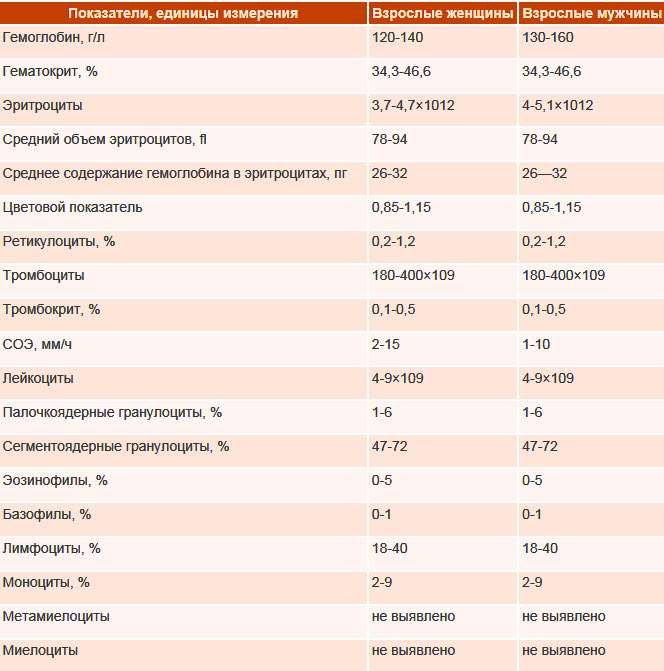
- MRI is considered the most informative method, since it can be used to identify deviations from the central and peripheral nervous system. When diagnosing, the doctor examines the brain and spinal cord, as well as other tissues, determines the area in which pathological processes develop. As a result, you can get accurate information and even identify the cause of the violation.
- Testing for the presence of parasites in the body, it is considered an additional method, it is prescribed in the case when there are suspicions of the presence of helminths. In their absence, the likelihood of muscle damage by parasites can be excluded.
- Electromyography is a method in which muscle work is studied using a special device. The result of such a diagnosis makes it possible to exclude organic damage to the peripheral nervous system or to confirm their presence.
If the patient has a history of chronic diseases, additional methods can be used to determine the degree of their progression. The diagnostic plan is selected individually, taking into account the characteristics of a particular patient and the presence of concomitant symptoms.
Treatment methods
The thumb on the right hand twitches not always as a result of muscle pathologies. After identifying the cause of the deviation and conducting a diagnostic examination, drugs are used to improve the condition. There is no standard scheme for all patients, since medications are selected depending on the manifestations and the cause of the deviation.
In most cases, the following medications are prescribed to patients:
- Mydocalm possesses muscle relaxant properties, that is, it helps to relax the muscles somewhat, has a beneficial effect on the patient's condition in the case of a severe course of the disorder. The tool is considered potent, it is taken only as directed and in the minimum effective dosage. Usually, the intake begins with 50 mg per day, but in the absence of effect, the use of 75-150 mg per day is indicated. It is not recommended to use more than 150 mg per day, since the effect of this does not increase, but negative reactions appear often. The duration of the drug is 5-10 days.
- Dexalgin used in case of severe pain arising from prolonged twitching and involvement of other muscle groups in the process. The drug has pronounced analgesic properties. It is administered intramuscularly at 2 ml per day. In most cases, application for 2-3 days is sufficient. If the pain disappears after the first injection, it is allowed not to prolong the course.
-
Neuroubin contains B vitamins, which improve the conduction of nerve impulses to tissues and have a positive effect on the peripheral nervous system. The solution is administered in courses of 5-10 days with daily intramuscular injection of 3 ml of the drug. If necessary, the course can be repeated if the patient's condition is severe.
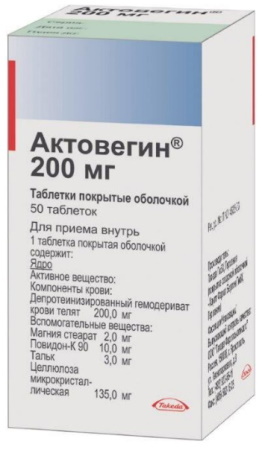
- Actovegin stimulates the restoration and nutrition of tissues, has a beneficial effect on the work of the central and peripheral nervous system. The tablets can shorten the recovery period and reduce the likelihood of complications. Take them inside 1-2 pieces 3 times a day. The duration of the course is 2 weeks.
- Cavinton improves nutrition of brain tissues and microcirculation of the central nervous system. It is administered intravenously to prevent the progression of pathology. The daily dosage for the patient is 2-4 ml. The solution is preliminarily added to 200 ml of sodium chloride and slowly poured using a dropper. The procedure is repeated daily for a week. If necessary, the course can be extended up to 2 weeks.
- Solcoseryl can be administered intravenously at 5-10 ml per day. The product contains natural ingredients that have a beneficial effect on the general condition of the patient, improve tissue nutrition. Intravenous administration is carried out from 5 to 10 days in a row. In combination with other medicines, the medicine helps to get a pronounced result.
- Neuroxon affects the central and peripheral nervous system, stimulates blood circulation and cell nutrition. It is administered in 4 ml intramuscularly in order to prevent the progression of pathology. Usually, the remedy is indicated in the case when a nervous tic is provoked by a violation of cerebral circulation. The duration of drug treatment is 10 days.
- Cytoflavin has a positive effect on blood vessels and brain tissues, stimulates cell regeneration and reduces the likelihood of developing a nervous tic in other muscle groups. It is administered intravenously, 10 ml per day, after adding 200 ml of sodium chloride. Drip infusion is carried out for 10-14 days in a row.
- Dicloberl has anti-inflammatory and analgesic properties, helps to relieve pain and discomfort in the muscle area if the pathology spreads to other muscle groups. A solution is injected at 3 ml per day for 3-5 days. The medicine is considered effective and fast-acting.
- Ksefokam relieves inflammation in the affected area if, with a prolonged course, such symptoms appear. The medicine is taken 1-2 tablets 2 times a day, the duration of therapy does not exceed 5 days.
- Persen has sedative properties. If a nervous tic is provoked by psychoemotional disorders, the drug helps to eliminate them, normalizes sleep and improves the general condition. The medication has an effect due to the presence of herbal ingredients, therefore it is considered relatively safe for patients. Take it 1-2 tablets 2 times a day for 10 days. If necessary, therapy can be extended up to 2-3 weeks according to individual indications.
Medical therapy can be supplemented with physiotherapy methods. For example, good results can be obtained using electrophoresis. The method involves the impact on the muscles of electrical impulses of a certain frequency, which lead to an improvement in tissue nutrition, prevent the development of inflammation and other complications.
To obtain a pronounced effect, you will need 10 sessions, carried out at intervals of 2-3 days. During therapy, other methods can also be used that enhance the effectiveness of drug treatment.
Lifestyle recommendations
The thumb on the right hand twitches not always as a result of any illness, but doctors recommend not to ignore the symptom and see a doctor. In addition to the main treatment, it is worth changing the lifestyle, adding some habits to the normal daily routine that allow you to normalize the psycho-emotional state.
Doctors recommend spending more time on rest, avoiding stressful situations. If the nervous tension cannot be controlled, you can practice meditation daily for 10-20 minutes. This will significantly improve the condition.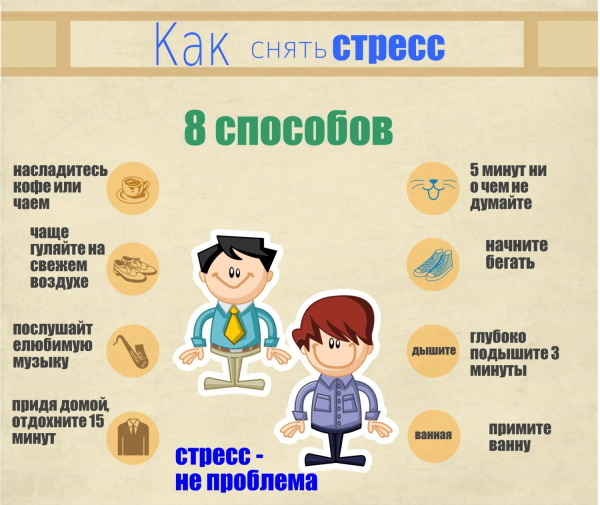
For the entire period of therapy, it is better to stop drinking alcohol, smoking, and also taking strong coffee, tea, and other drinks that can increase nervous irritability. It is recommended to adhere to the principles of a healthy diet, exclude fatty and smoked foods, canned food. Such restrictions can significantly reduce the likelihood of complications from the internal organs.
Prognosis, possible complications
With a timely visit to a doctor and adherence to all recommendations, the prognosis for the patient is favorable. The condition improves quickly, complications occur less often.
But if the symptoms are ignored and the disorder progresses rapidly, complications may develop:
- Spread of the disorder to other muscle groups.
- Increased twitching, disrupting the general condition of the patient.
- Inflammation of muscle fibers.
- The appearance of voice and other tics as a result of the progression of the disease.
The appearance of complications is considered the reason for the appointment of potent medications and the placement of the patient in a hospital. The finger on the right hand is often twitching in patients as a result of emotional distress. Often, the disorder affects the thumb and other muscle groups, which only worsens the condition. With the regular appearance of symptoms, it is recommended to visit a doctor and undergo a full diagnostic examination.
Video about the causes of twitching fingers
Fingers twitching. Causes:

